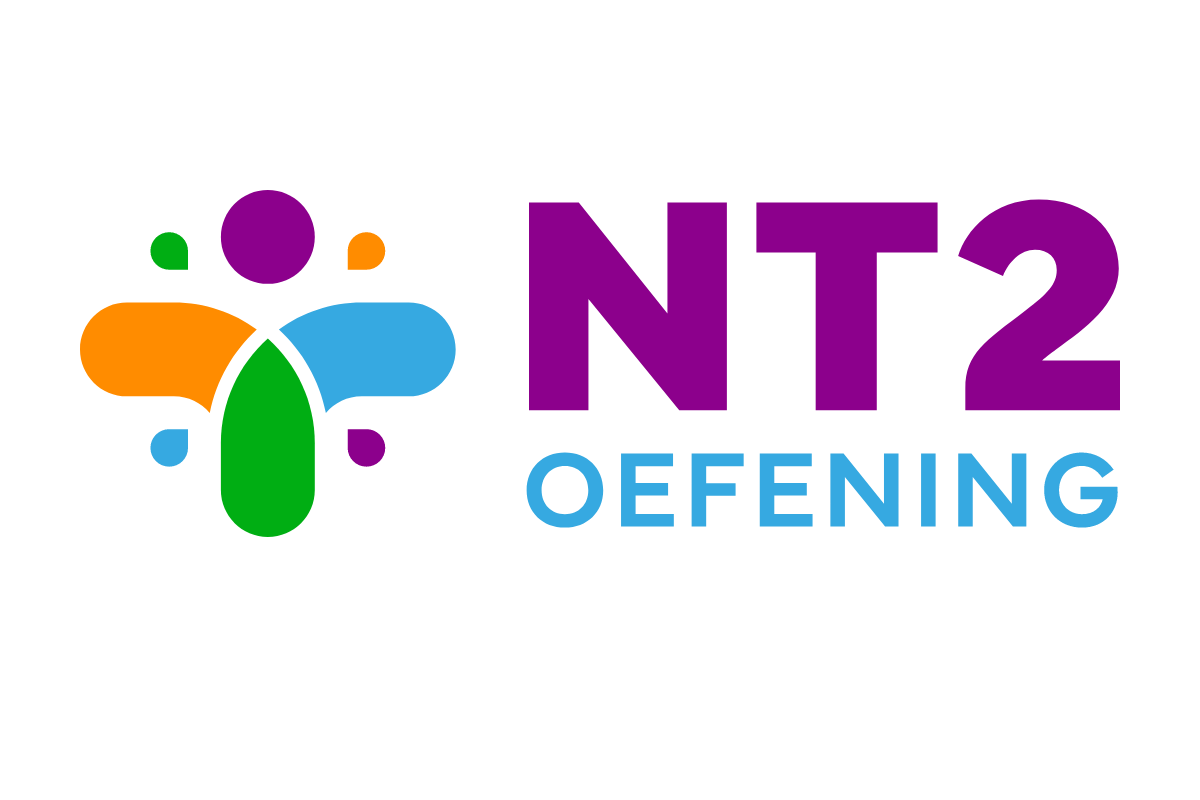Introduction
The Dutch language can be both exciting and challenging. One delightful way to enhance Dutch pronunciation and fluency is through tongue twisters. Dutch tongue twisters, in particular, offer a playful and effective method to practice tricky sounds and improve language skills. So, we’ll explore some delightful Dutch tongue twisters and the specific sounds you can practice with each one.
Als vliegen achter vliegen vliegen, vliegen vliegen vliegensvlug
- It means, “If flies fly behind flies, flies will fly like lightning.”
- Also, this tongue twister targets the “v” and “z” sounds in Dutch words.
How to pronounce these?
- Pronounce the “v” by gently placing your upper teeth on your lower lip and releasing a continuous flow of air. Imagine the buzzing sound of a bee.
- “Work on the “z” by vibrating your vocal cords gently while maintaining airflow. Try to create a buzzing sound similar to the “zz” in “buzz”.
Zeven Zaventemse zotten zullen zes zomerse zondagen zwemmen zonder zwembroek
- Translation: Seven fools from Zaventem will swim six Sundays in the summer without swimming trousers.
- This emphasizes the “z” and “s” sounds crucial for Dutch pronunciation.
Getting the hang of “Z” and “S”
- Pronounce the “z” clearly by placing your tongue against your upper teeth. Then release a buzzing sound, as in “zoo”.
- Practice the “s” sound by gently pressing your tongue against the roof of your mouth. Then release air to produce a hissing sound, as in “snake”.
Scheveningse scheve schoenen
- Translation: Scheveningen crooked shoes.
- The tongue twister challenges the pronunciation of the “sch” sound, unique to Dutch.
Cracking the “sch” code
Master the “sch” sound by combining the “s” and “ch” sounds. Start with the “s” sound, then quickly transition to the “ch” sound as in “school”.
Er schreed een snip over 't schip, die sneed met zijn bek 't spek van 't spit
- It means, “A snipe swooped over the ship and cut with its beak the bacon from the spit.”
- It hones the “s” and “sp” sounds, refining articulation skills.
Mastering “s” and “sp” sounds
- Pronounce the “s” sound clearly, making sure it’s not too sharp or too soft.
- On the other hand, practice the “sp” sound by starting with the “s” sound and smoothly transitioning into the “p” sound without a break, as in “speak”.
De meid snijdt recht, de knecht snijdt scheef
- It translates as “The maid cuts straight, the servant cuts crooked.”
- This works on the “s” and “k” sounds fundamental to Dutch pronunciation.
Sounding out “s” and “k”
- Refine the pronunciation of the “s” sound, ensuring clarity and precision, as in “sail.”
- Practice the “k” sound by producing a sharp, clear sound at the back of your throat without adding extra breathiness, as in “key”.
Wij smachten naar achtentachtig prachtige nachten bij achtentachtig prachtige grachten
- English version: We yearn for eighty-eight beautiful nights at eighty-eight beautiful canals.
- It challenges multiple “ch” and “g” sounds prevalent in Dutch.
Chewing over “ch” and “g”
- Practice the “ch” sound, similar to the “g” in Scottish “loch” or the German “ch” in “Bach”. It is produced at the back of the throat.
- On the other hand, pronounce the “g” sound not too harsh or too soft but distinct, as in “goat”.
Conclusion
By breaking down each tongue twister’s practice section in this detailed manner, learners can focus on each sound’s precise articulation, leading to improved pronunciation and fluency in Dutch.
Unlock Your Dutch Language Journey with NT2 Oefening
Discover the dynamic language learning platform, NT2 Oefening. Whether you’re a beginner or an advanced learner, personalized paths, interactive exercises, and real-life context await. Join the supportive community, track your progress, and explore the beauty of Dutch. Try it now!
Follow us on social media!

